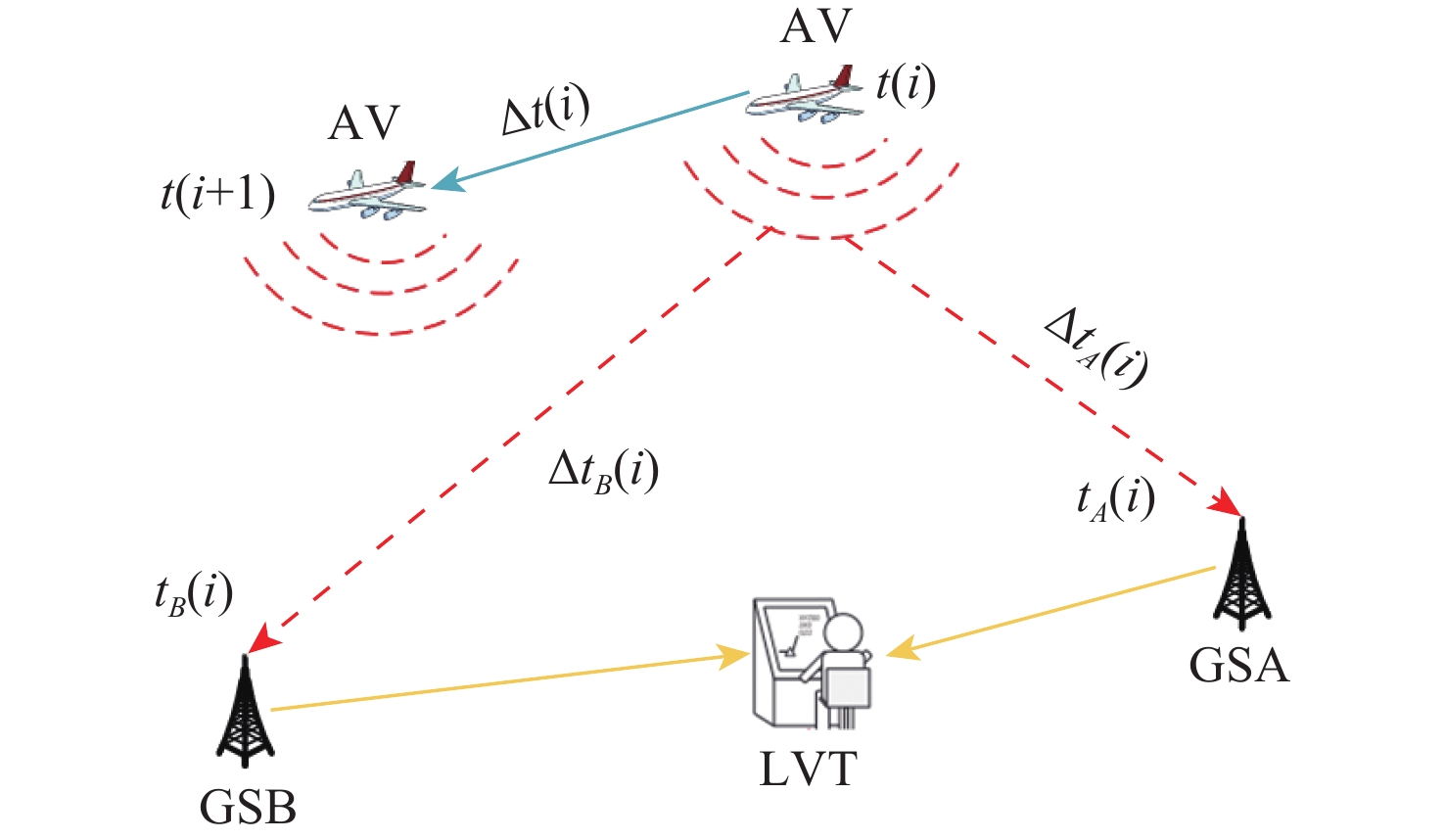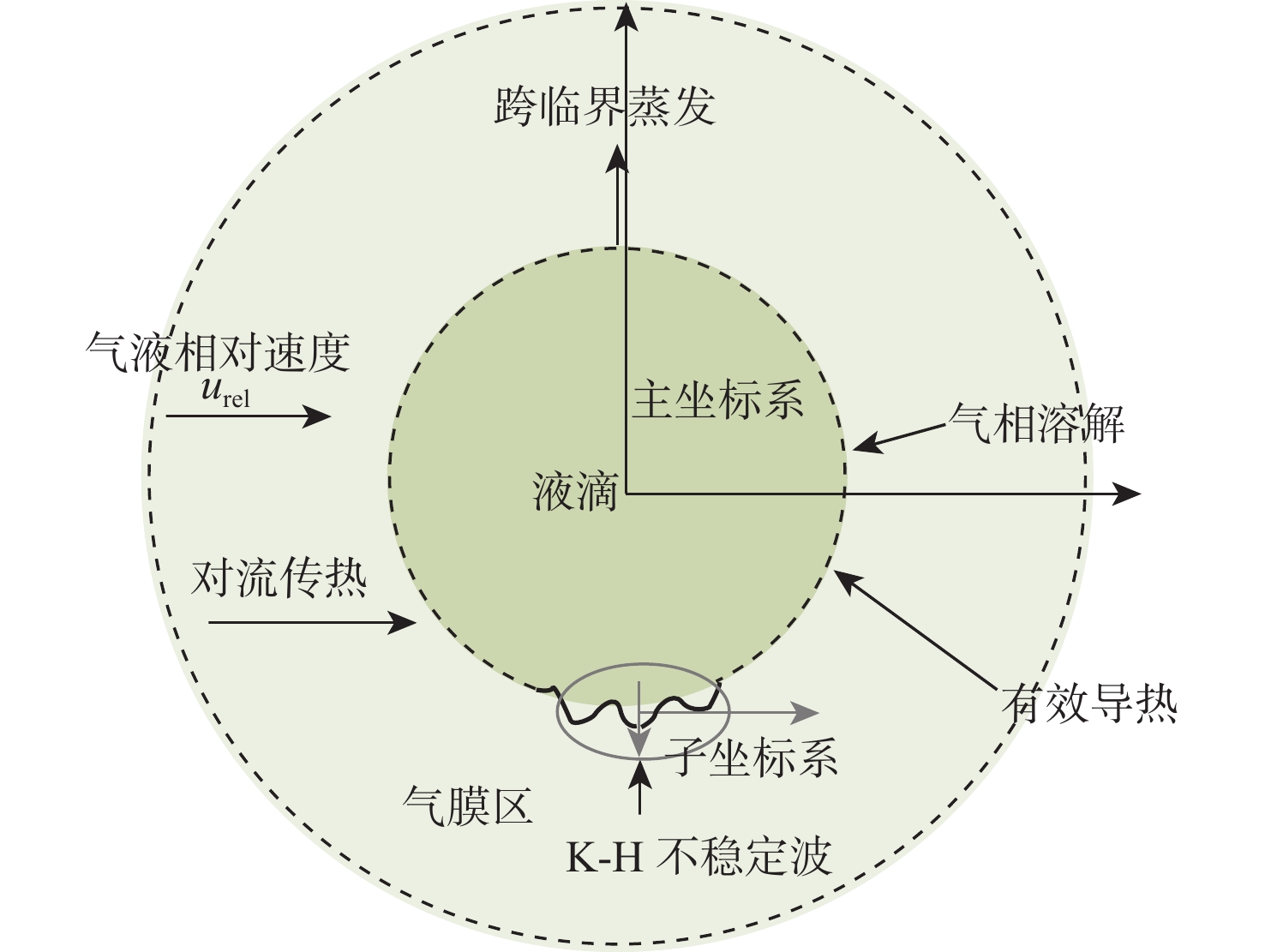Currently, the majority of dehazing techniques that utilize deep learning focus on directly acquiring the mapping relationship between a foggy image and a non-fog image.Because of the lack of combination with the characteristics of fog images, there are problems such as inaccurate detection of fog information and incomplete dehazing. In order to address the aforementioned issues, this study introduces a novel approach called the dark channel prior-guided image dehazing network (DCPDNet), which operates in an end-to-end manner. First, the shallow features of the input foggy image are extracted by several convolution layers. Secondly, two feature enhancement blocks (FEB) are constructed to enhance the spatial features of the image, which can enhance the image features on two scales, that is, the deep feature map is used to enhance the semantic features, and the shallow feature map is used to enhance the image details. Thirdly, in order to make the extracted features pay more attention to the fog area, a feature correction block (FCB) based on the guidance map is designed by considering the imaging characteristics of fog in the fog image. The FCB uses the dark channel theory to build a guidance map to guide the attention of network learning to the fog area, and further refine and correct the extracted deep feature map. Finally, by using the skip connection of the residual structure, the enhanced shallow features are used to supplement the details lost in the network, and the image after dehazing is reconstructed through several convolution operations. Multiple trials have demonstrated that DCPDNet is capable of achieving a satisfactory dehazing effect while maintaining a lightweight model and quick execution. Compared with some advanced dehazing methods proposed in recent years, DCPDNet has better performance in terms of efficiency, subjective visual perception and objective evaluation results.



